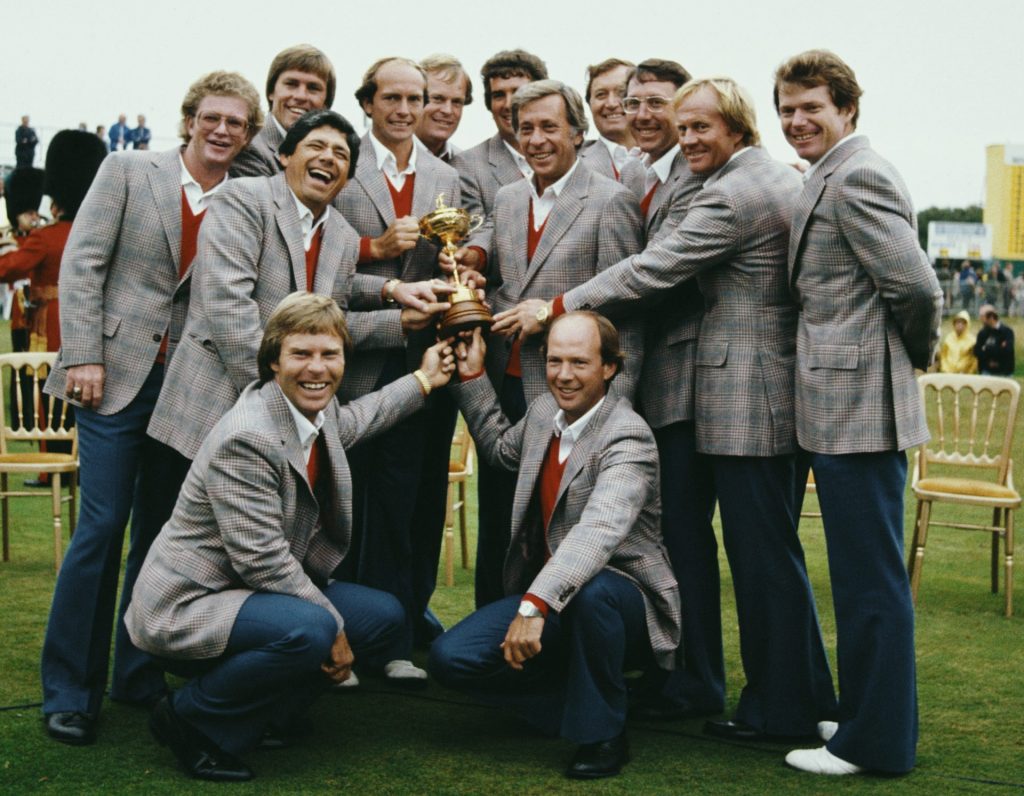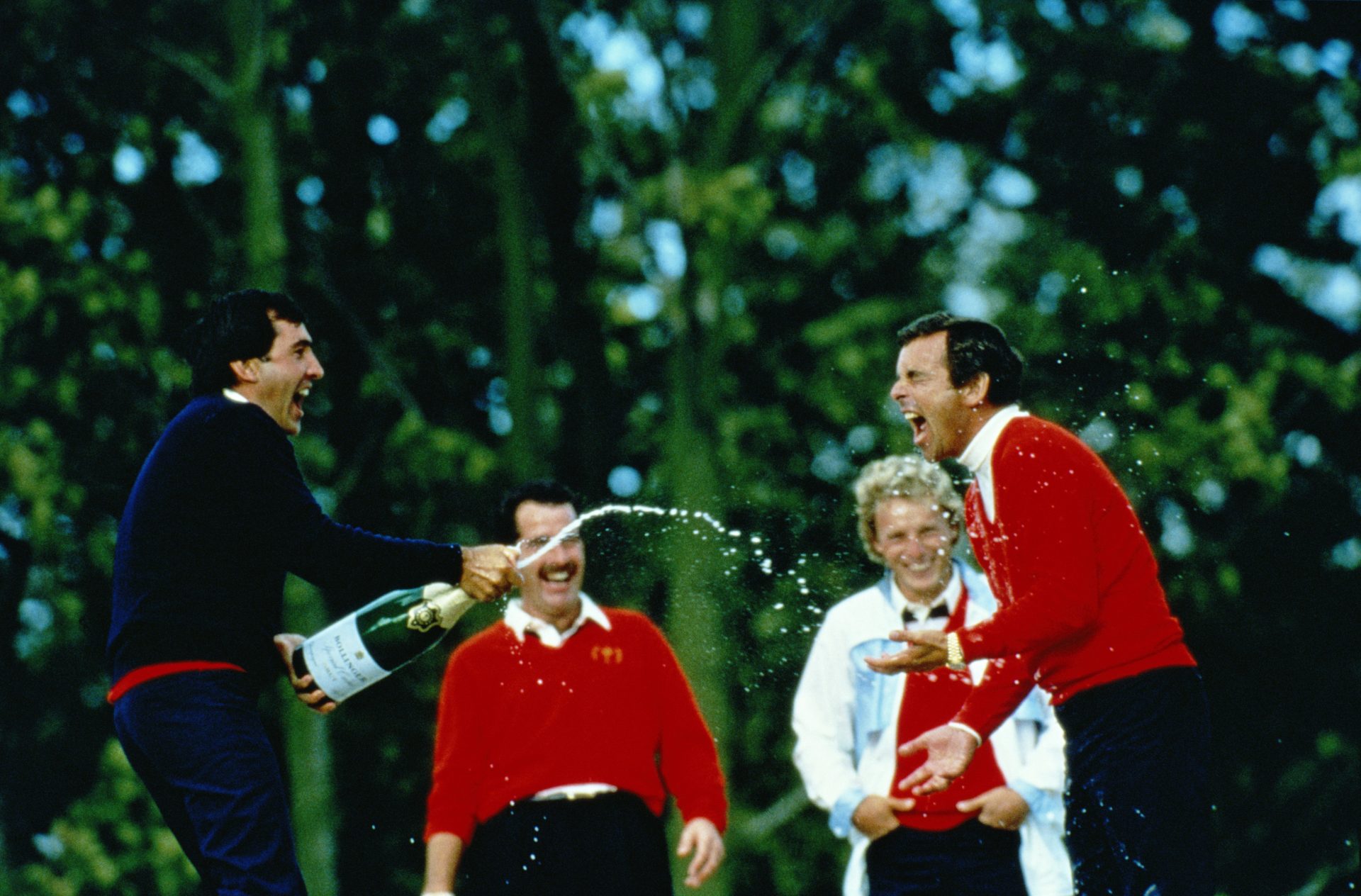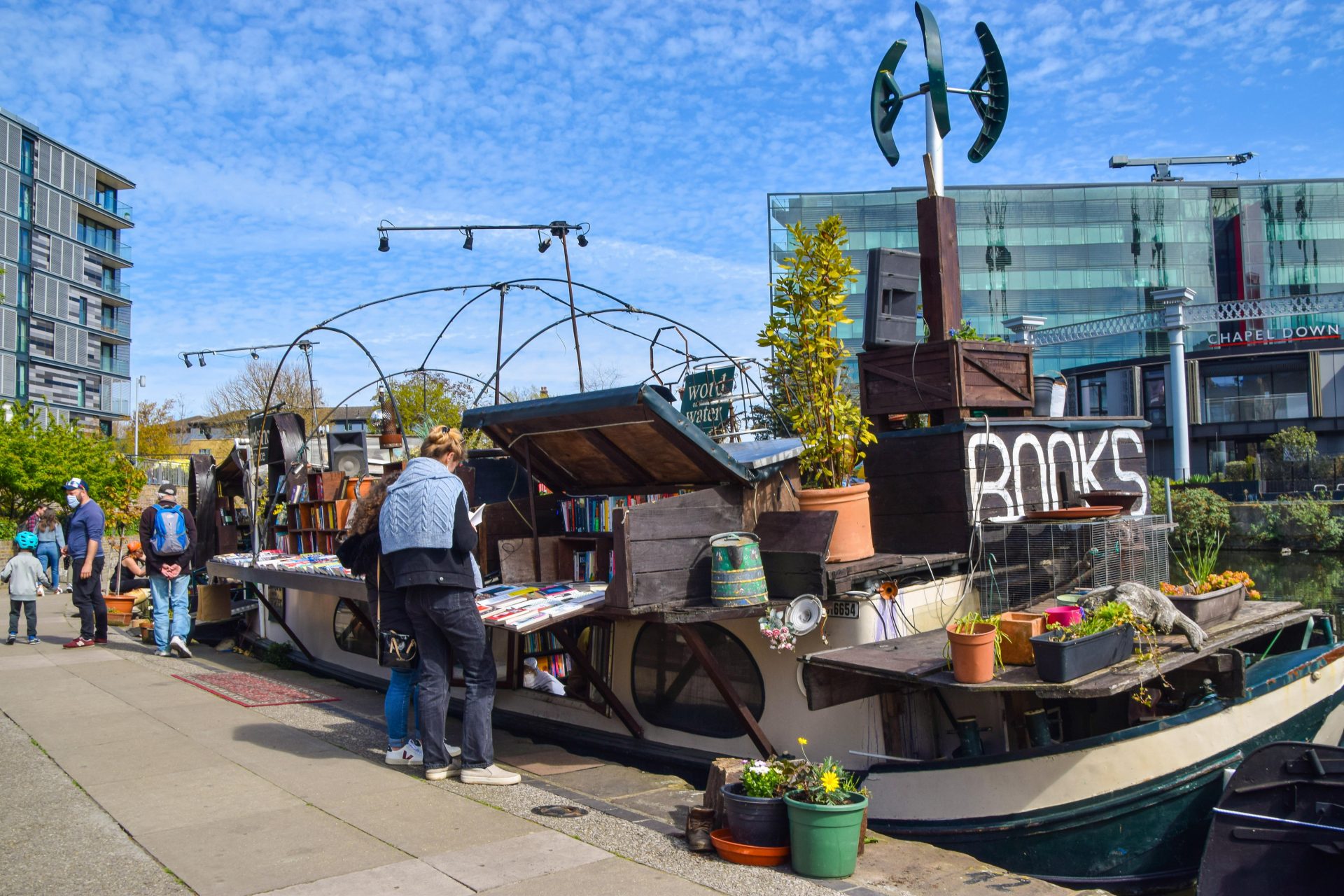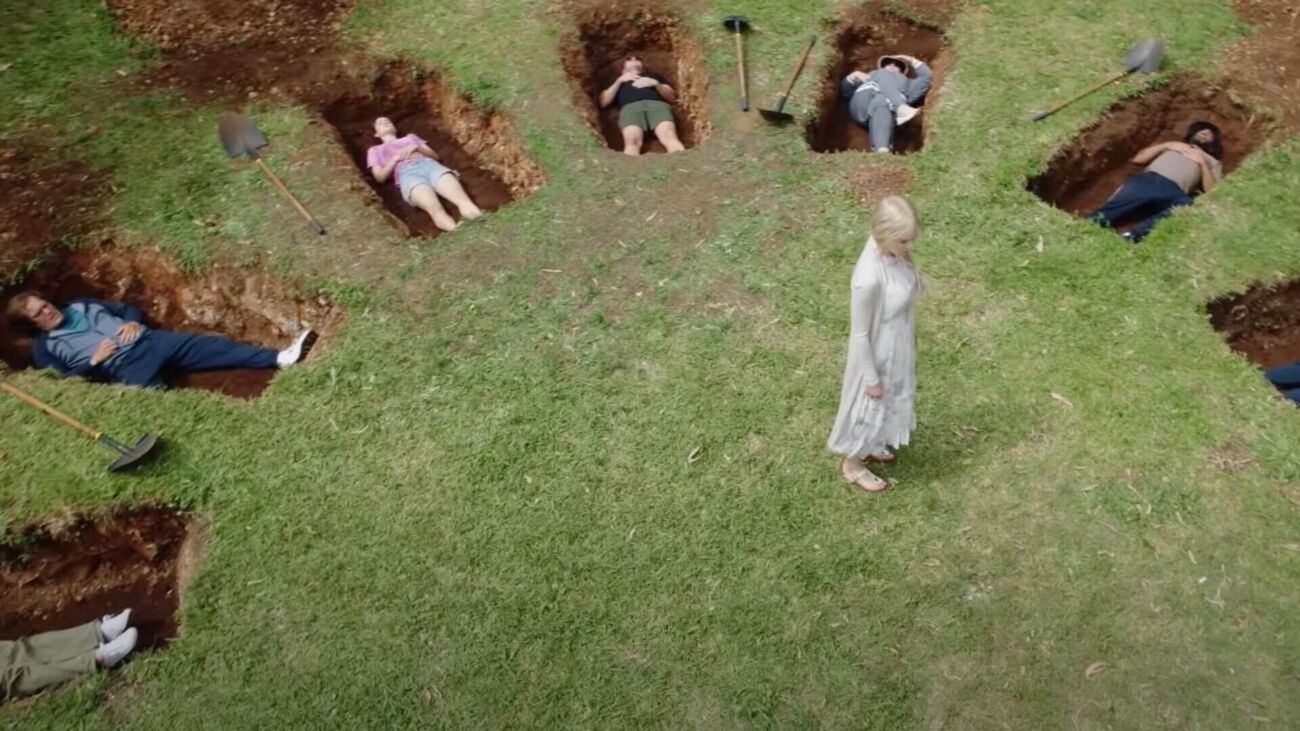Try to imagine the sporting landscape without the Ryder Cup. You might as well try to imagine it without the Olympics or the World Cup. The biennial contest between Europe’s top golfers and the best of the US isn’t just gripping, it’s so hard-fought that its most famous iterations – ‘The War on the Shore’, ‘The Miracle in Medina’ – have the whiff of heavyweight boxing about them.
Pull back 40 years, however, and Samuel Ryder’s great idea seemed destined for sports’ dustbin, having failed to make the cut.
After decades of US victory after US victory – defeat in 1957 aside, they’d held the Cup since 1935 – Great Britain had sought to make the contest more of a contest. In a sporting reverse Brexit, they first added players from Ireland in 1973, then opened the doors to Europe as a whole in 1979. This second move seemed inspired, what with the continent having thrown up a raft of talent including, in the shape of Spain’s Severiano Ballesteros, the most exciting talent of the modern era.
But just two years after the great change, Britain, Ireland and the rest of Europe got the beating of a lifetime.
It had all started out so well. The inaugural Europe-USA contest of 1979 had been competitive right up until the final day when America, with a team stuffed with major winners, pulled away to a 17-11 victory. But while Seve’s debut was far from distinguished – he accumulated just one point from five matches – the new direction appeared to have caught the imagination of Scotland’s Bernard Gallacher and Welwyn Garden City’s finest Nick Faldo, who accrued four and three points respectively. A defeat then, but one which suggested Team Europe’s future was brighter than Britain and Ireland’s recent past.
So it was that in 1981, the champions and challengers came to Walton Heath, Surrey. Home advantage was but one of the things in Europe’s favour, the continental presence having swelled to include German sensation Bernhard Langer and Spaniards Jose Maria Canizares and Manuel Pinero.
Notable by his absence was Ballesteros, who’d fallen out with the European golf authorities either over money or because he was determined to make the bulk of his golf in America; the story changes depending upon who’s telling it. Having become the first European to win the Masters in 1980, Seve’s experience of playing under pressure, together with his natural charisma and flamboyance, would be sorely missed.
Less controversial, although more significant to the future of the Cup, was the decision to omit two-time major winner Tony Jacklin. Only 37, Jacklin must have wondered whether he was done with the Ryder Cup. Only the clairvoyant knew the truth of the matter, that the Ryder Cup wasn’t done with Tony Jacklin.
Depleted though their forces were, Team Europe made a very good fist of things on day one. Indeed, spurred on by the superb performances of Sandy Lyle and captain’s pick Mark James, the challengers made for the 19th hole with a 4½-3½ lead over the cup-holders.
It wasn’t until late on the second day that the disparity between the two sides really began to show. Europe, without a major winner to their name, lost every one of the afternoon foursomes. America – with 36 major winners on hand including 1981 Masters winner Tom Watson, reigning Open champion Bill Rogers and the recently crowned PGA champ Larry Nelson – arrived at the last day requiring just 3½ points to retain the most valuable prize in team golf.

The Americans had what they needed by the time the fourth of Sunday’s 12 singles matches reached the clubhouse. Anyone thinking they might go easy on the opposition now the cup was back in their possession doesn’t know much about US athletes. Despite the best efforts of Faldo, Manuel Pinero and English journeyman Howard Clark, Team USA’s final margin of victory was 18½-9½.
Team Europe, an outfit dreamed up to put an end to the drubbings, had copped a stuffing to rival the very worst routs in the competition’s history – the sort of beating more readily associated with the squared circle – and some wondered whether the time had come for Team Europe to throw in the towel.
The end came even closer for a tournament lacking today’s huge TV deals and packed attendances when Sun Alliance, Europe’s sponsors in the last three tournaments, withdrew and the best offers on the table were, humiliatingly, for either £80,000 worth of cigarette coupons or £100,000 worth of Green Shield stamps. Whisky brand Bell’s finally stepped in to put an end to talk of European players having to pay their own way to Palm Beach for the 1983 fixture.
Then Jacklin reentered the fray. Chosen to captain the side in Florida, his first order of business was to talk around Ballesteros. This he did by appealing to what Ryder Cup success could mean to Seve’s legacy. Since the Spaniard was already a three-time major winner, he was in danger of running out of fresh worlds to conquer. The Ryder Cup, Jacklin suggested, was the ultimate challenge, the Holy Grail. Completely won around, Ballesteros booked his seat on the plane to Florida. As for his teammates, they included four rookies. Englishmen Paul Way, Gordon Brand and Brian Waites, and Welshman Ian Woosnam might have seemed like lambs to the slaughter. Jacklin, though, was keen to field players without the scars of previous Ryder Cup maulings. And as he explained to Golf Digest, the arrogance of ignorance also resolved the issue of whom would partner Ballesteros on days one and two: “Seve was difficult to partner. His teammates were intimidated by him. He had such charisma. But I needn’t have worried.
“Paul Way was perfect at the time. He was young and cocky and felt like he was going to be better than everybody else.”
Come the end of the second afternoon, Seve and Way had 3½ points out of 4, and Europe was set to begin Sunday’s singles all square with America, 8-8. The singles, of course, was where the US put Europe to the sword in 1981. Two years on, however, Jacklin’s fired-up outfit fought all the way to the penultimate hole. For it was there that Bernard Gallacher missed a pressure cut that gave Tom Watson the point that ensured the Ryder Cup would stay stateside. That plus a miracle shot from Lanny Wadkins to halve his match with Jose Maria Canizares was all that prevented Europe from completing the most extraordinary of reversals. Incidentally, those final holes were contested against the backdrop of a thunderstorm; the 1983 Ryder Cup being such a battle for the ages, it even caught the interests of the golfing gods.
And with that, the contest was changed forever. Having shown that they could run America close away from home, Europe picked the holders apart at the Belfry in 1985, an event that might have felt more historic had it not seemed so inevitable. Winning in America in 1987, though; that really did illustrate how the landscape had shifted. And now, with the delayed 43rd Ryder Cup set to tee-off in Whistling Straits, Wisconsin, we have an event where Europe has the whip hand. Having won or retained the cup on 10 of the last 15 occasions it’s been up for grabs, Europe arrive in America expecting to win. From Wisconsin 2021, the debacle of Walton Heath feels more than a fair way away. But then that’s what happens when you – ahem – putt the past to rest.



